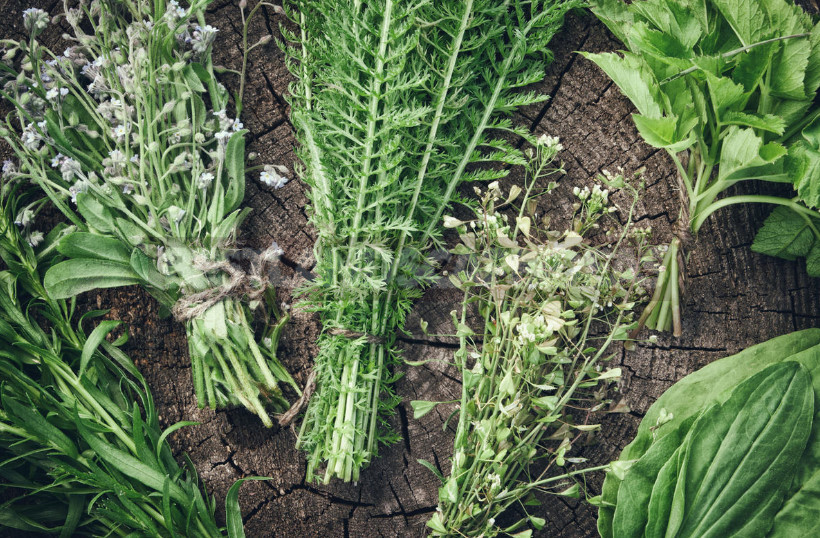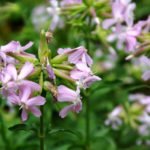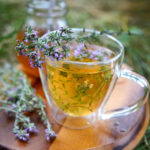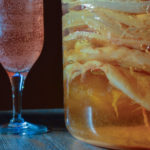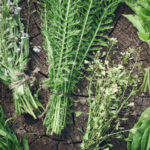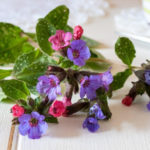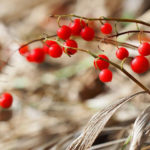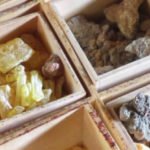Trifolium pratense
Trifolium pratense blooms all summer — from late may to September. At this time, and are harvesting medicinal raw materials.
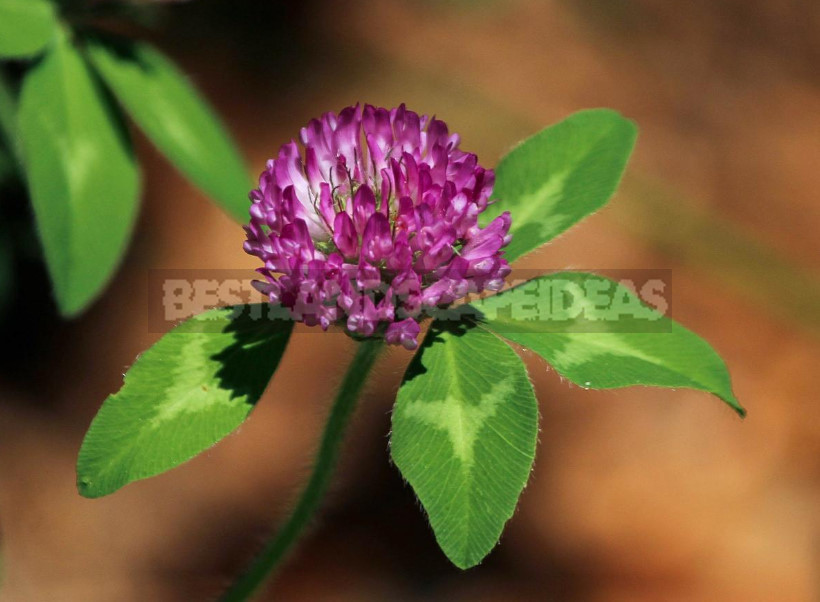
Preparations Trifolium pratense have anti-inflammatory, bactericidal, hemostatic, astringent, diuretic, diaphoretic, expectorant, analgesic effect; there is also information about its antifungal and antitumor properties. Trifolium pratense contains phytohormones, which allows it to be successfully used in pathological climax.
Contraindications to the use of drugs inside clover are varicose veins, thrombophlebitis, severe cardiovascular disease, diarrhea.
For medicinal purposes, the grass is harvested with inflorescences or only inflorescences. Collect them during flowering. Inflorescences slightly SAG under the sun, and then dried at a temperature of +60…+70 degrees in the dryer or outdoors under a canopy. Shelf life — 1 year.
Urtica dioica
Urtica dioica is a ubiquitous weed and a very popular medicinal plant. Medicinal properties have roots, and grass, and seeds; in June, harvest grass nettles.
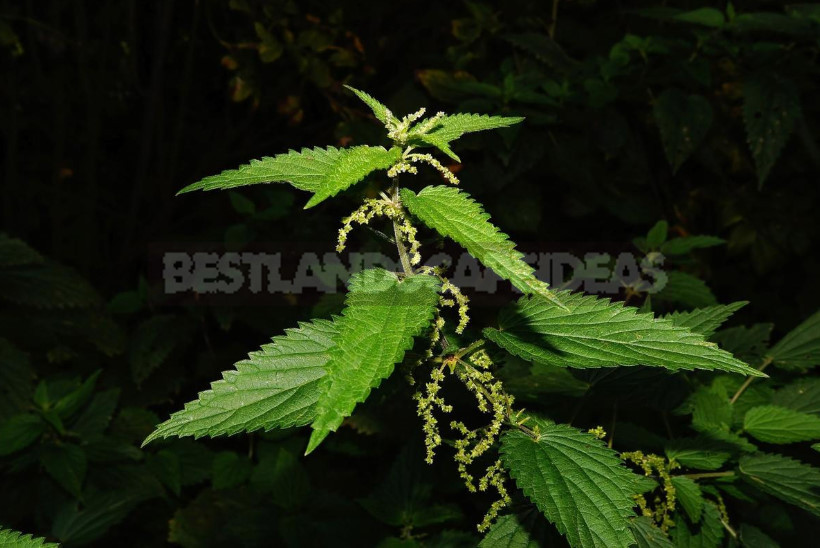
This plant has anti-inflammatory, stimulating, tonic, diuretic, choleretic, hemostatic, restorative effect; preparations Urtica dioica activate the basic metabolism, improve the cardiovascular system, strengthen the immune system, contribute to the recovery of the body after illness, physical or mental fatigue.
Urtica dioica is used for the preparation of decoctions, infusions, alcoholic tinctures; include it in a variety of herbal fees. High efficiency has juice made from fresh nettle leaves. Externally, the plant preparations are used in various skin diseases, trophic ulcers, joint diseases, radiculitis, rheumatism, as well as in home cosmetics — for hair and skin care.
It is not recommended to use drugs inside nettle with increased blood clotting, thrombophlebitis, hypertension, acute kidney diseases, uterine tumors.
Nettle grass is harvested during flowering and dried in well-ventilated areas or in the shade outdoors. Shelf life of raw materials — 2 years.
Filipendula ulmaria
Flowering Filipendula ulmaria — a plant that is difficult not to notice: in the wet lowlands, on the banks of ponds and river valleys, it forms extensive thickets, and its stems with yellowish-white fluffy paniculate inflorescences can reach a height of 0.5-0.7 m.
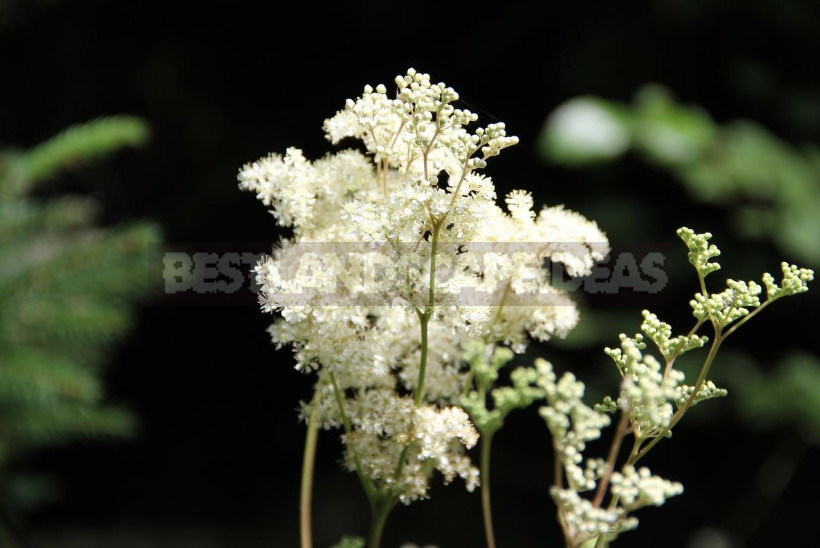
Preparations Filipendula ulmaria contain salicylic acid and its derivatives, which allows them to be used as an antipyretic and anti-inflammatory agent; they also have astringent, diaphoretic and hemostatic action.
Infusions, decoctions, tinctures of this plant are used by folk medicine in the treatment of colds and coughs, rheumatism, gout, skin diseases; grass and flowers are included in the diuretic and gastric fees. Topically applied ointments, decoctions and infusions for lotions (for skin diseases), washes (ulcers, fistulas, festering wounds), douches (in gynecological practice). Flower ointment Filipendula ulmaria is used for joint pain and swelling (including those associated with injuries). Dried flowers Filipendula ulmaria added to tea — they have a pleasant honey aroma.
Medicinal raw materials are grass and flowers, rarely used rhizomes with roots. When harvesting, cut off the tops of plants with inflorescences and quickly dried in a well-ventilated area (if the raw material is blackened, it is unsuitable for use). Shelf life — 1 year.
Potentilla anserina
The genus Potentilla, to which this plant belongs, is very diverse, and it is important to learn to distinguish the species included in it, because their healing properties are also different. Potentilla anserina has a relatively large yellow flowers with 5 petals and pinnate leaves collected in the basal rosette. The top sheet is green, bottom is silver. This plant is actively spreading at the expense of creeping stems, rooting readily at the nodes.
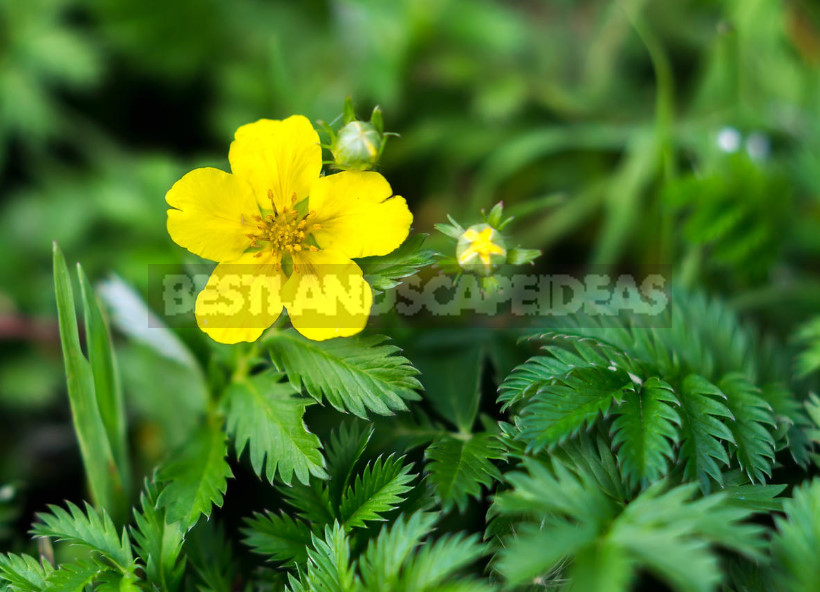
Preparations Potentilla anserina have antispasmodic, antiseptic, analgesic, astringent action. Traditional medicine uses decoctions, infusions and tinctures of the plant for cramps and pain in the stomach, intestinal colic, diarrhea, kidney and gallstone disease, dysentery, and painful menstruation. Externally, Potentilla anserina drugs are used for wounds, toothache, inflammation in the oral cavity, hemorrhoids, gynecological diseases.
As a medicinal raw material, most often the grass of the noodles is harvested with goose; less often the roots and seeds are used. The grass is harvested during flowering and dried outdoors in the shade. Shelf life — 2 years.
Atriplex patula
Common pesky weed — Atriplex patula — hardly needs additional introduction. For a long time it is known not only as a weed, but also as a food, fodder and medicinal plant; there are even garden forms used as a vegetable and decorative culture.
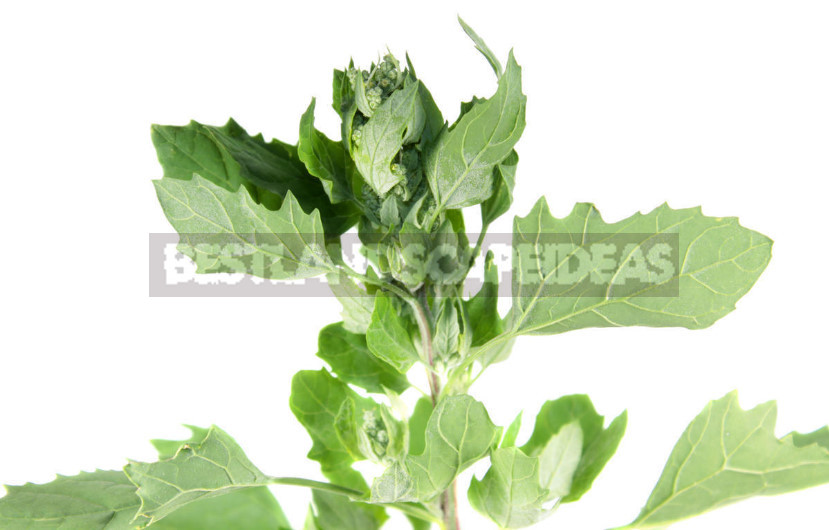
Drugs Atriplex patula have anti-inflammatory, expectorant, soothing, diuretic, analgesic effect. They are used in the treatment of dry cough and prolonged bronchitis, diarrhea, headache; with meager painful menstruation; with gastric colic. Outwardly infusions and decoctions are used for rinsing with angina, poultices with hemorrhoids, washing and lotions for skin diseases.
Fresh grass is applied to abrasions and wounds, in steamed form — to the sore spot with radiculitis. Eating fresh Atriplex patula helps cleanse the body of toxins.
As a medicinal raw material, Atriplex patula grass is harvested during flowering. Dried in the shade outdoors. Shelf life — 1 year.
Tilia cordata
When Tilia cordata blooms, an amazing fragrance spreads around the tree, and the crown literally buzzes with bees: this plant is a great honey plant.
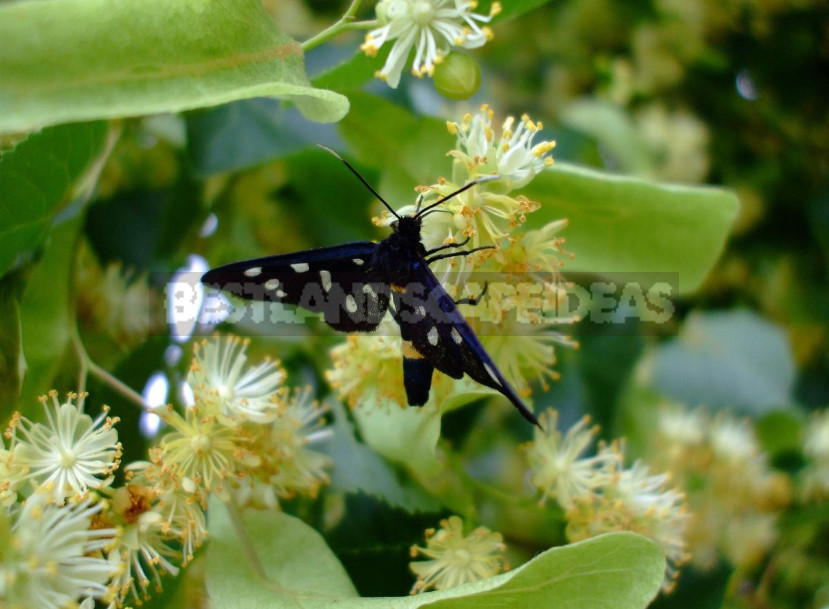
Tilia cordata preparations have a diaphoretic, diuretic, anti-inflammatory, antipyretic, bactericidal, expectorant, mild sedative effect. Most often infusions and decoctions of lime color are used to treat colds, cough, bronchitis, sore throat.
As a diuretic drugs Tilia cordata used in cystitis, pyelonephritis, kidney disease. They also treat headache, nervous diseases, intestinal spasms. Outwardly, folk medicine uses this plant for pain in the joints with rheumatism and gout (in the form of poultices), with skin itching and irritation (in the form of lotions and for washing), boils (lotions).
As a medicinal raw material is usually used lime blossom — inflorescences with bracts, rarely — bark, leaves and buds. Lime blossom is harvested exclusively in dry weather, when not all the flowers have blossomed. Dry in a well-ventilated area or outdoors in the shade. Shelf life — 2 years.
Linaria vulgaris
Elegant flowers Linaria vulgaris, collected in dense brush at the ends of high (up to 1 m) shoots, clearly visible in the meadows and lawns.

Preparations Linaria vulgaris have anti-inflammatory, diaphoretic, diuretic, choleretic effect. Decoctions, infusions and tincture of the plant are used for constipation, flatulence, intestinal atony, gastric and intestinal colic, hemorrhoids, liver and gallbladder diseases, kidney diseases, cystitis.
Externally, linaria vulgaris decoction is used in the form of lotions and washes for blepharitis, conjunctivitis, as well as to improve vision. Ointment from the flowers of L. vulgaris are applied in ulcers and boils, hemorrhoids.
Important! The plant is toxic, the use of its drugs requires strict adherence to the recommended dosage. It is advisable to use it under medical supervision.
The raw material is grass harvested during flowering. It is better to dry it in the shade in the fresh air — during drying, the plant spreads a fairly strong smell. Shelf life — 1 year.
Rubus idaeus
In the popular berry culture — Rubus idaeus — medicinal properties have leaves, flowers and fruits. Leaves and flowers are harvested in June-July.
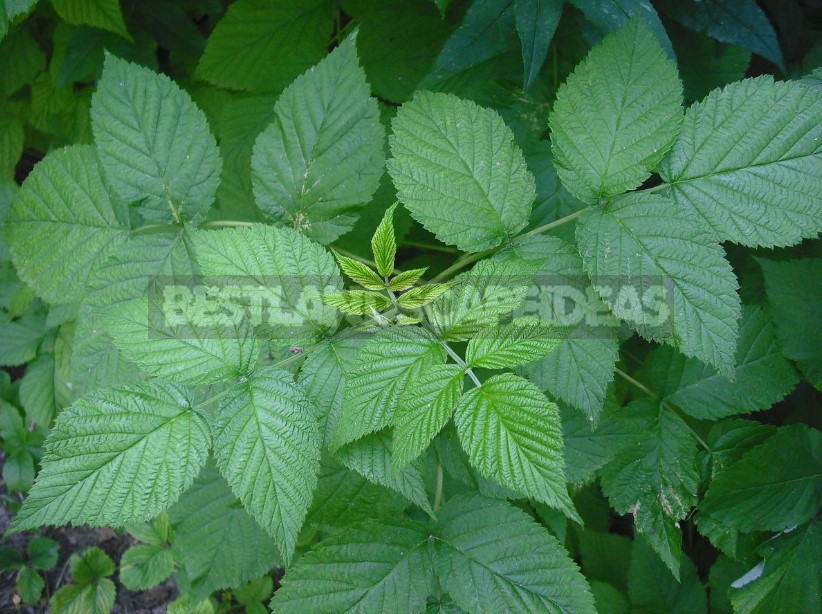
Infusions and decoctions of leaves and flowers Rubus idaeus have a diaphoretic, antipyretic, anti-inflammatory effect. In folk medicine, they are used mainly for colds and coughs, include in the vitamin and restorative herbal fees. Externally, a decoction of leaves is used for rinsing with angina and stomatitis, washing and lotions — with acne and conjunctivitis.
Harvested raw materials during flowering, dried in the shade outdoors (under a canopy). Shelf life — 1 year.
Tussilago farfara
One of the first blooms in the spring Tussilago farfara. The flowers of this plant have healing properties, but more often still used leaves that appear after flowering.
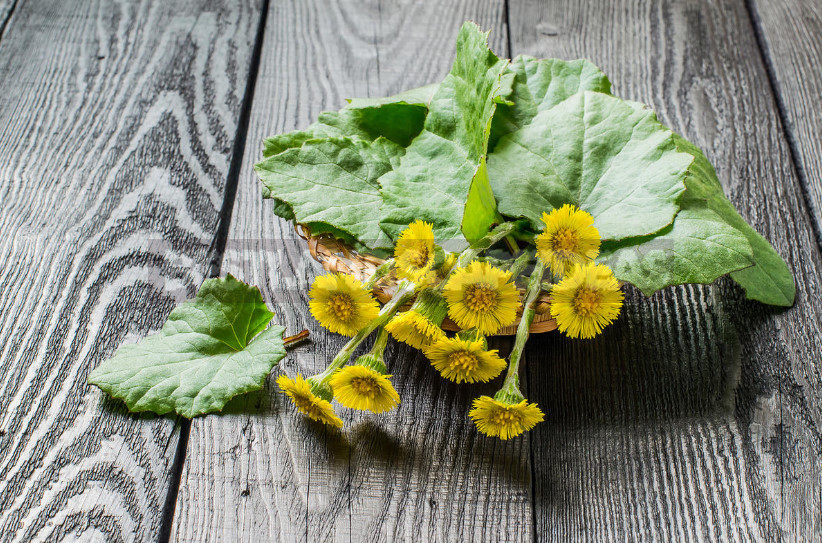
Decoctions and infusions of leaves Tussilago farfara are used to treat cough and respiratory diseases since the days of Ancient Greece and Rome. Preparations of this plant have expectorant, anti-inflammatory, antiseptic, mild antispasmodic effect. Tussilago farfara leaf is a part of various breast collections, used in the treatment of colds, laryngitis, tracheitis, bronchitis (including chronic), bronchial asthma.
In addition, in folk medicine, the medicinal properties of the plant are used in atherosclerosis, inflammation of the kidneys and bladder, diseases of the gastrointestinal tract; externally — in the treatment of boils, boils, hair loss, dandruff, skin itching.
Traditionally, it is believed that the drugs Tussilago farfara have no contraindications, but in modern literature you can find information that exceeding the dosage when using this plant can cause nausea, vomiting and abdominal pain. When such symptoms should stop taking the drug.
The leaves are harvested in the first half of summer, choosing young, small, not damaged by pests. Important! Tussilago farfara often grows on roadsides, in contaminated areas — where to collect medicinal raw materials should not. Be careful when choosing a place to gather. Dry the leaves in a well-ventilated area or outdoors under a canopy. Shelf life — 3 years.
